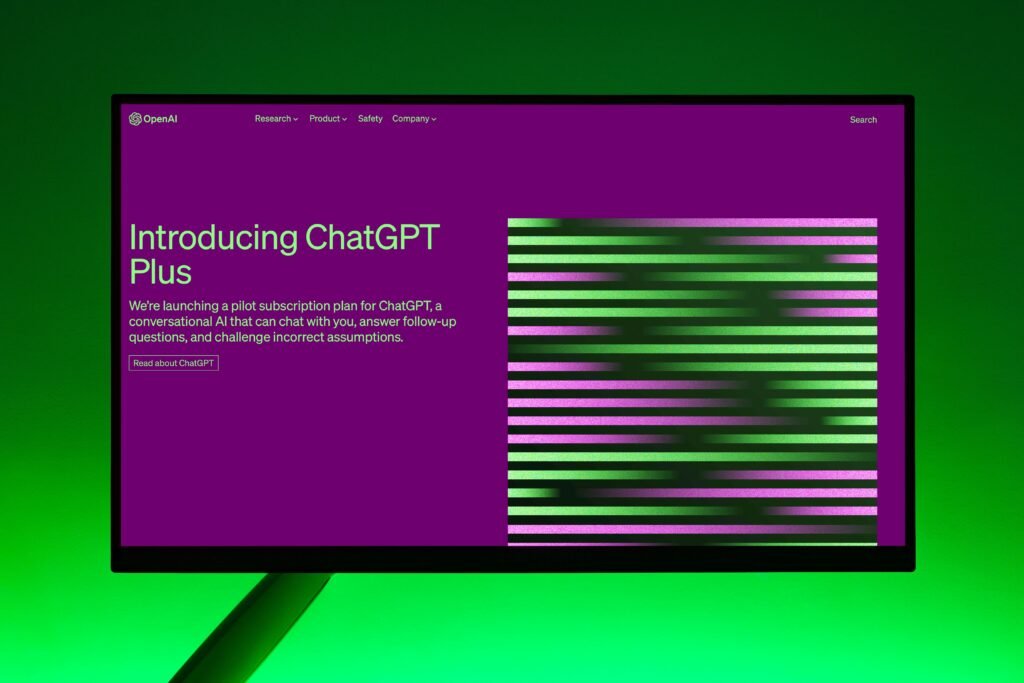🚀 How AI Is Enhancing Mobile UX/UI Design: 5 Game-Changing Innovations in 2025
In 2025, how AI is enhancing mobile UX/UI design is more than a trend—it’s a creative and functional revolution. From predictive layouts to voice-assisted interfaces, AI is making mobile apps smarter, faster, and more personalized than ever.
At AiBlogQuest.com, we’re diving into 5 game-changing ways AI is improving the mobile experience for both users and designers.
🎯 1. Personalized UX Through Predictive AI
AI analyzes user behavior in real time to:
-
Adapt layouts based on preferences
-
Recommend content based on habits
-
Prioritize frequently used features
Example: Spotify and Netflix use AI to adjust mobile UI for each user, improving engagement and satisfaction.
🖌️ 2. AI-Assisted Design Tools
Designers now use AI tools to:
-
Generate UI mockups from text prompts
-
Suggest UX improvements based on heatmaps
-
Auto-adjust typography, colors, and spacing
Tools like Uizard, Figma AI, and Framer AI are empowering both pros and beginners.
🔊 3. Voice-Activated UI Elements
AI powers voice recognition systems that:
-
Allow users to control apps hands-free
-
Enhance accessibility for the visually impaired
-
Offer smart replies and command-based navigation
Think Google Assistant integrations in apps or Siri Shortcuts in iOS.
📱 4. Dynamic UI Based on Context
AI can sense the user’s environment and:
-
Switch to dark/light mode based on ambient light
-
Adjust font size based on reading patterns
-
Customize navigation if driving, walking, or multitasking
AI in mobile UX/UI design adapts not just to who you are—but where and how you interact.
📊 5. Real-Time Feedback & Iteration
AI tools monitor user interaction to:
-
Detect friction points
-
Offer A/B testing results instantly
-
Auto-adjust elements without human input
Hotjar AI, Mixpanel AI, and Amplitude provide actionable insights to improve UX on the fly.
🔗 Useful Links from AiBlogQuest.com
❓ FAQ: How AI Is Enhancing Mobile UX/UI Design
Q1. Can AI fully design a mobile app interface?
AI can assist with design, generate prototypes, and offer suggestions—but human creativity and UX research are still essential.
Q2. What tools use AI for mobile design in 2025?
Top tools include Uizard, Figma AI, Canva Magic Design, and Framer AI.
Q3. Does AI improve mobile app accessibility?
Absolutely! AI adds voice interfaces, adaptive text, predictive typing, and real-time personalization that enhance accessibility.
Q4. How does AI impact mobile user engagement?
Apps using AI see higher retention, more personalized interactions, and reduced bounce rates due to smarter UX paths.
Q5. Is AI in UX design expensive?
Not anymore. Many AI design tools have freemium models, making innovation accessible to small teams and startups.
🏁 Final Thoughts
The synergy between AI and design is reshaping what users expect from mobile apps. By understanding how AI is enhancing mobile UX/UI design, developers and designers can stay ahead in creating intuitive, dynamic, and delightful digital experiences.
For more AI-powered innovation breakdowns, head to AiBlogQuest.com—your future-focused design companion.
🏷️ Tags:
how AI is enhancing mobile UX/UI design, ai in mobile design, ai ux ui tools, 2025 mobile ux trends, aiblogquest



